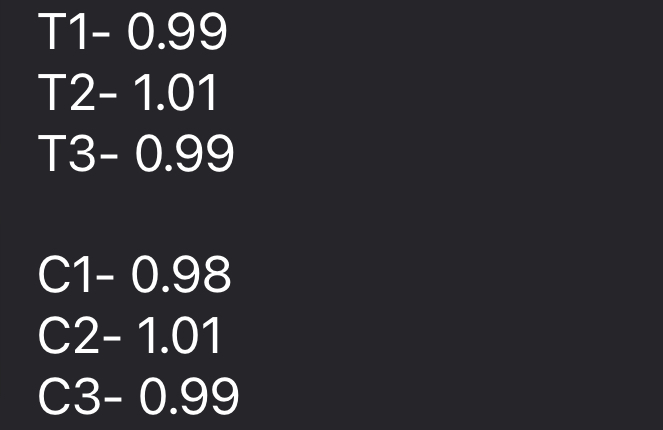qPCR Analysis and One More Attempt

This week, we discussed how we've been doing our protocol for our AMC oxidative stress project. For this project, we were looking at the expression of the gene Kat A. On our last run, we noticed there was no increase of expression with the gene when exposed to oxidative stress. When reviewing the paper that we've been referencing, we realized that we weren't fully stopping the H2O2 reaction when it was taken out of incubation. This could've cause the affected cells to be killed off completely, showing us no uptick in gene expression for Kat A. We are going to try the experiment one more time by adding catalase to the reaction in hopes of stopping the H2O2 from killing our cells, and instead just stressing them. One other thing we did this week was qPCR analysis. Typically qPCR analysis is done through Excel, but as a hope to understand the math and the meaning behind the numbers, we had a mini lesson on how to do it by hand.
